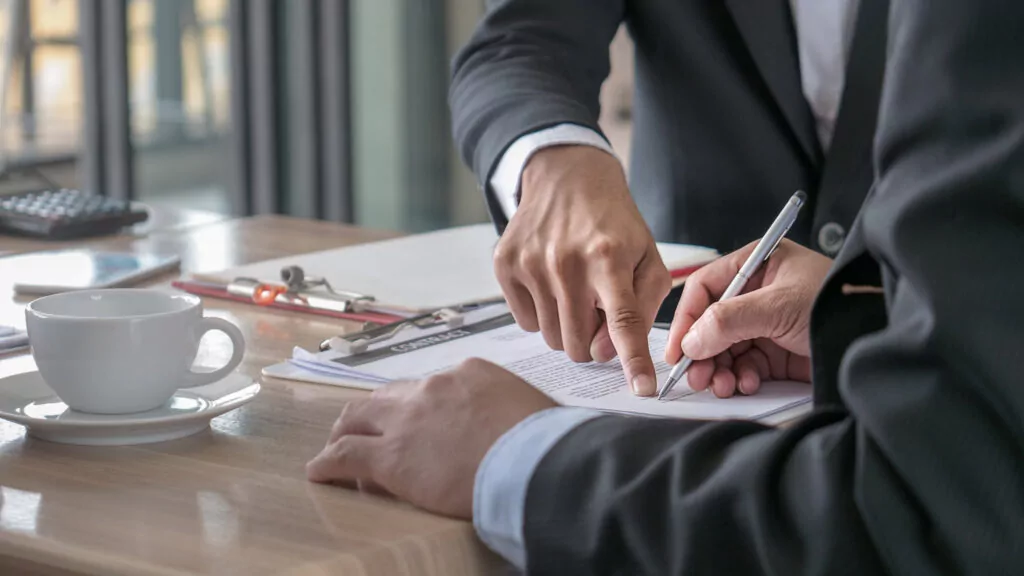How can we support you?
The right holder can rely on a variety of IP rights including (but not limited to) registered designs, trade marks and patents.
Once the type of AFA is selected we would:
- Complete the form - which will require further information from the right holder in relation to the authentic products and any information the right holder may have regarding the characteristics of any known counterfeit goods).
- Submit the form to HMRC IPRs Authorisations - they will review the form and let us know the outcome of the application within 30 working days.
The typical cost for drafting the AFA and obtaining further information from the right holder is likely to be between £1,000 to £1,500 (plus VAT) assuming that the information required is easily provided by the right holder.
Taking a proactive approach to intelligence-led seizures
Once an AFA has been granted, it is important to be proactive and feed any information about suspected counterfeit/lookalike goods to the relevant customs authorities. This will help enable them to intercept the suspected shipment.
How can we support you?
We assist brand owners with raising their profiles with customs and other law enforcement officers by attending various conferences, providing training days for them, and proactively supporting their activities through conducting investigations into alleged infringing activities and then passing the information on to customs and other law enforcement officers. With our extensive connections and network, we are able to conduct research and investigations into the UK market and elsewhere to identify where the counterfeit products are being stored/imported into and then hand such information to customs so they can detain any suspected counterfeit products.
The more information provided to customs the better, for example:
- The name of the suspected company shipping in the counterfeit goods.
- The ports likely to receive the suspected counterfeit goods.
- The suspected product type.
It greatly helps our efforts in combatting counterfeit goods if this information is passed to us as soon as it is available.
The more proactive a brand owner is, the more likely that customs will take action and be successful.
How are goods detained?
- Customs intercept and detain goods. They send the right holder images/samples of the goods.
- Right holder verifies if suspected goods are counterfeit.Deadline for the right holder’s response is 10 working days. In exceptional circumstances, an extension of 10 working days can be granted.
- If the detained goods are counterfeit, the legal representative contacts customs on the day of the deadline or one day before to ask if the importer has filed an objection to the detention:












